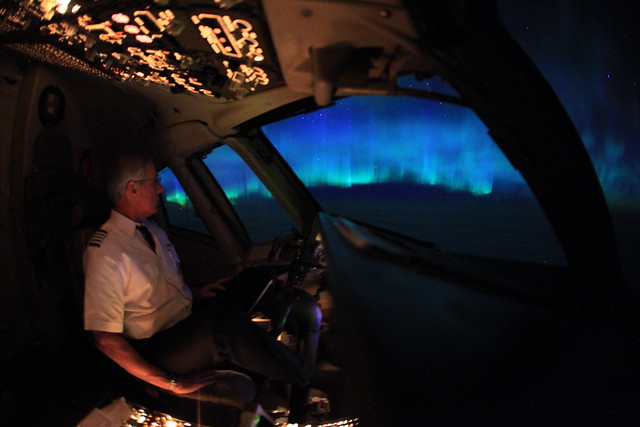Adding Aurora Borealis Effects:
You can achieve Auroras in All kinds of Stellar Bodies (planets, moons, gas giants)
Why add Aurora's to Elite Dangerous?


<strong><span style="font-size: small;">[video=youtube;fVMgnmi2D1w]https://www.youtube.com/watch?v=fVMgnmi2D1w[/video]

- Stars emit electrons
- These interact with stellar bodies
- Some have magnetic poles, others do not
- All you need is an Atmosphere of Gaseous Elements
You can achieve Auroras in All kinds of Stellar Bodies (planets, moons, gas giants)
- Stellar bodies with magnetic poles tend to have round rings
- Those without magnetic poles can have vastly different shapes and colors
- Different Elements emit different colors when excited
- The variety of colors depends on density and height
- This is how we have neon signs
Why add Aurora's to Elite Dangerous?
- Because physics is amazing and and this game is beautiful
- I don't even want this to be monetized
- All i want this to do for the game, is create some amazing jaw dropping pictures that CMDRs catch and share with everyone else
- Imagine spotting a planet experience a Ammonia and Helium Aurora Borealis watching it and then gliding down through the atmosphere to catch one incredible experience
- Obtaining the experience of seeing how amazing and beautiful our galaxy is the point of this recommendation
- Delivered by Elite Dangerous
- Helps Frontier Development start thinking about atmospheric effects on stellar bodies by starting off relatively small


<strong><span style="font-size: small;">[video=youtube;fVMgnmi2D1w]https://www.youtube.com/watch?v=fVMgnmi2D1w[/video]

Last edited:
